Crowd safety has only become more topical. How do people at Lollapalooza feel?
Published in Entertainment News
CHICAGO — As one of the most anticipated concert events of the year in Chicago, with headliners like Tyler, the Creator, Luke Combs and Olivia Rodrigo, Lollapalooza can be seen as a safe haven — a place where music lovers go to catch all their favorite artists in one place. But along with that excitement comes crowds that can swell to outsized numbers for more popular artists, at a time when crowd safety has taken on a new sense of importance.
Some of that awareness this summer is due to the documentary “Trainwreck: The Astroworld Tragedy,” which was released on Netflix in June and quickly became popular. The documentary details the events leading up to the crowd crush that killed 10 people at rapper Travis Scott’s Astroworld music festival in Houston in November 2021. The fatalities were from accidental compressive asphyxiation. Both Scott and concert promoter Live Nation were investigated in the wake of the tragedy but were cleared by a Texas grand jury in 2023. (Lollapalooza is put on by C3 Presents, a division of Live Nation.)
Lollapalooza is 18-year-old Andie Butler’s first festival. However, Butler has been at the front barricades of shows before and feels safer there, next to the stage, than most places in a crowd at a concert.
“I kind of like barricade because there’s a space in between you so you know that if you (need) to get out, you can,” Butler said Thursday.
Butler knew about the Astroworld deaths and said she researched safety at Lollapalooza before deciding to attend.
“From what I’ve heard, (Lollapalooza) has never really had anything close to that,” Butler said. “There’s security, it looks like lots of medics, lots of water refill stations.”
Lollapalooza’s website has some safety tips listed — like wearing earplugs to protect hearing and taking breaks from being in the sun — but does not have information on crowd safety procedures. Festival officials did not respond to the Tribune’s questions regarding crowd safety.
The festival and artists on its stages have paused concerts in the past and displayed messages advising viewers to take steps back before the show would resume. Methods like this, crowd safety expert Steve Allen said, can help deescalate a potentially unsafe situation. Even with months of planning and security in place, injuries and crowd crushes can sometimes take place.
“History has informed us that these undesirable occurrences can and do happen,” Allen said. “There’s no point saying ‘it will never happen here. It’s never happened here before. This is the way we’ve always done it.’ It can happen and it may happen. Complacency can settle in, but that’s when you get caught off guard.”
Another major part of safety preparedness is having qualified staff, Allen said. Inexperienced staff can sometimes hesitate in an unsafe situation — or hesitate to stop a show out of fear of retaliation and losing their jobs — and that can make a dangerous event worse.
“We want to put mitigation in place to reduce the likelihood of that,” Allen said. “And artists and their management companies, they don’t want there to be a problem either. Sponsors, the impact financially on the city, let alone reputation when something goes wrong, is massive but the far-reaching impact it has on family and friends (is something) I saw firsthand this year.”
Allen is the the CEO of a U.K. company called Crowd Safety and works with music events and foundations to promote crowd safety techniques alongside the families of crowd crush victims.
While an event like the Astroworld deaths hasn’t happened at Lollapalooza, the festival has seen high numbers of people all attending one performance before. Chappell Roan drew an estimated 100,000 people to her set last summer, making it the most attended daytime Lollapalooza performance ever.
The level of safety can also depend on the artist and their popularity, like Roan or Tyler, the Creator, Butler said. On Thursday, the teen planned to attend Gracie Abrams’ set at T-Mobile Stage and leave before Tyler, the Creator to avoid crowd risks, she said.
“There’s a mix of Tyler fans and Gracie fans at the barricade,” Butler said. “Both groups of fans are very passionate. I know when I go, I probably wouldn’t want to stay for Tyler just because it’s probably going to get a bit more crazy than I’d like.”
Selena Alvarado, 23, and Alejandro White, 26, came together from Michigan to see Tyler, the Creator but opted to hang back from the barricade or crowd all together on Thursday. Instead, the duo sat on a blanket on a hill in between the T-Mobile and Lakeshore Stages. For Alvarado, being in the crowd during a show is nerve-racking.
“It just gets really intense in the pit area, and my anxiety can’t handle that,” Alvarado said. “Those screens are so big you can see them when you’re walking by the (Buckingham) Fountain. I definitely think you can experience it the same way as if you were close from far behind (the crowd) since the speakers are so loud you can hear it.”
The presence of security and staff also makes Alvarado feel better, she said.
“Every year, I mean, yes, it is sad that I see people getting taken out of the event … on stretchers, maybe because of dehydration or any other thing, but it seems like they’re really quick on it too,” Alvarado said. “So it makes me feel even safer that if something were to happen to me that I think someone would be there to help.”
For White, a slightly nervous first-time festival attendee, sitting away from the crowd provides a sense of safety and comfort alongside community.
“I think it’s been a good experience,” White said. “I feel like everyone’s just here to all experience their own music and have fun together, everything like that, in their own world, and it happens to be right here, all together.”
But many concertgoers are not troubled by potential crowd safety concerns. Kat Welborn, 21 from South Carolina, said she was a little bit nervous before coming to the festival, but felt safe and settled in by Thursday afternoon, where she stood at the barricade of the Tito’s Handmade Vodka stage.
“I’m just not really a nervous person,” Welborn said. “I mean, you know, take the precautions that you can do, but there’s only so much.”
Day 1 saw major crowds even before headliners came on, including for performances by singers Gracie Abrams and Role Model. Role Model, whose audience stretched beyond the capacity of Tito’s stage into the area for Bud Light performances, briefly paused his set at one point between songs when he saw a fan in distress from the stage.
Medical staff went back and forth between members of the crowd in distress while other staffers handed out water to people on the barricade. Some fans left before the show started due to safety concerns and the oversized crowd, including 19-year-old Kailey Pallares. Pallares traveled from St. Louis to go to Lollapalooza, her first festival.
“I think at first I felt fine, and I was like, ‘Oh, everybody was being dramatic,’” Pallares said. “And I think now I did underestimate a little bit, but I think it’ll be OK.”
As Role Model’s start time got closer, however, Pallares began to question aloud if seeing the artist was worth feeling unsafe in the crowd. She changed her mind and said she worried about security’s ability to get to people if needed. She and her friends decided to get out of the crowd, which appeared to stretch far back into the walkway between the Tito’s stage and Buckingham Fountain.
“I think a lot of people are pushing and shoving a little bit,” Pallares said. “I don’t even want to think about how it’s going to be (after), because if I’m already feeling like this before, then after, it’s going to be horrible.”
©2025 Chicago Tribune. Visit chicagotribune.com. Distributed by Tribune Content Agency, LLC.

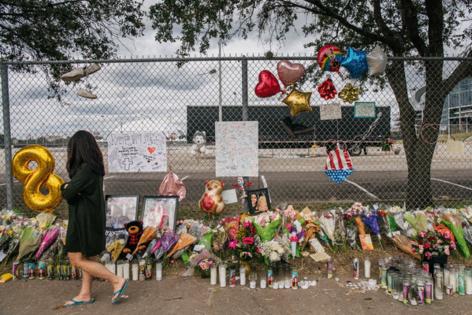
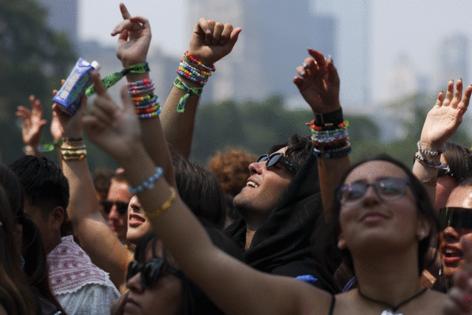



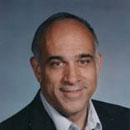

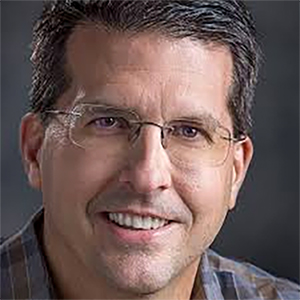

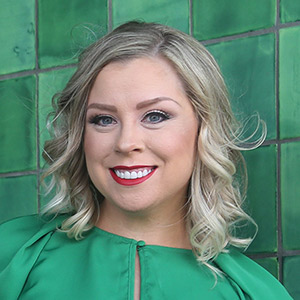

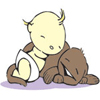

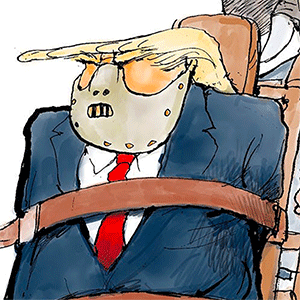
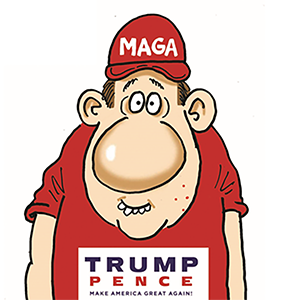


Comments